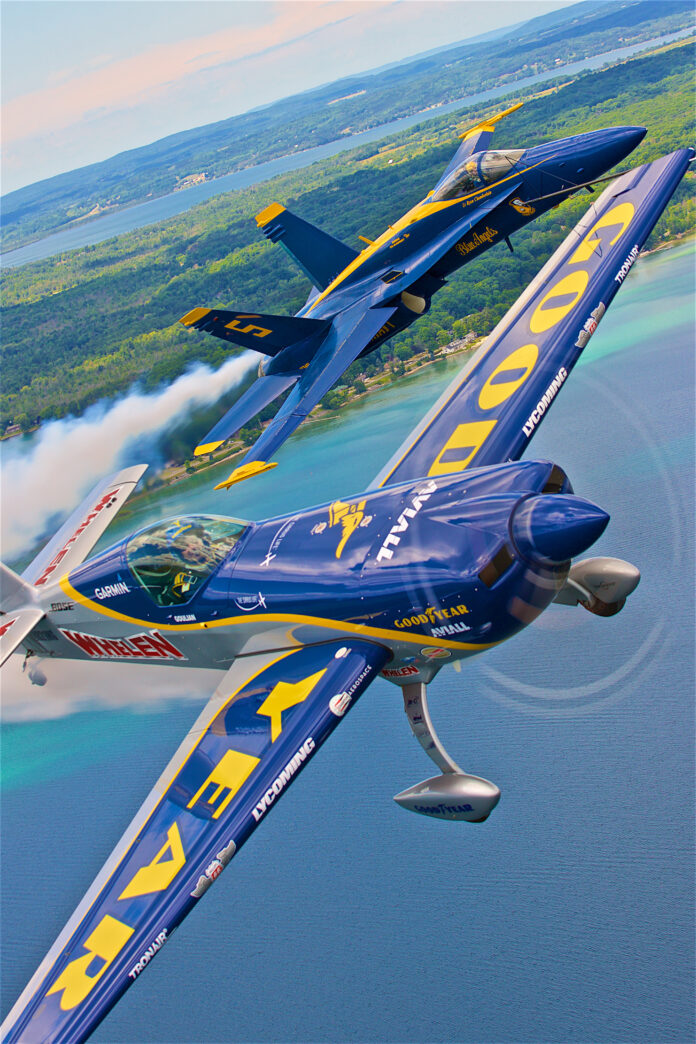For over a decade, air show professionals have identified photo missions as potentially significant safety hazards. Here are some suggestions from some of the most experienced professionals for mitigating the risks associated with these photo missions:
- If you wouldn’t do it without a camera being present, don’t do it.
- If you wouldn’t do something with the FAA watching, don’t do it.
- Identify the mission of the photo flight or incentive ride. The goal of safely accomplishing that mission should drive all of your other decisions about the flight.
- It is both the right and the responsibility of everyone involved to become familiar with the relative experience of all involved in the photo mission. Has the pilot of the photo platform flown lead in a photo mission before? How many air-to-air photo missions has the photographer been on and with whom? Remember: excellent and experienced photographers are not necessarily qualified to coordinate or direct a photo flight. And it is not rude or insulting for you to inquire about the level of experience of those involved with the photo mission.
- A thorough and professional briefing is particularly important prior to flying a photo mission.
- Every aspect of the flight should be coordinated on the ground. Typically, the pilot of the photo platform aircraft will lead the brief.
- Once the mission has been briefed, fly the brief. No deviations, ad-libs or mid-air additions.
- Limit the number of photographers. A photo mission flight is not the time to introduce amateur photographers to the complicated world of air-to-air photography.
- The Pilot In Command (PIC) is the PIC. In the air, a photographer is a passenger and the ultimate responsibility for the safety of the flight lies with the pilot.
- Equipment should be secure. No loose lens caps. All cameras should be secured. Remote camera rigging should be installed by someone who has demonstrated that they know what they are doing.
- Communications from the photographer to the aircraft being photographed should be conducted through the photo platform aircraft pilot. Keep radio chatter to a minimum.
- If you are a pilot who is not comfortable flying in a formation photo flight, do not be afraid to say, “No.”








